
Photo: Government of Montenegro
In May 2019, Montenegro joined the not-so-large group of countries that managed to cover the entire electricity demand over a certain period of time from domestic renewable energy sources. “This proves that energy transition is possible, that it is possible to stop using fossil fuels for electricity production,” says Montenegro’s Economy Minister in charge of energy, Dragica Sekulić, a woman who has taken a stand against the conservative views of the energy policy and as a true leader spearheading the green, smart, and sustainable energy development, in an interview with Balkan Green Energy News.
The minister says that the intention is not to stop at 60% of power from renewable energy sources annually, but to achieve 100%. This will be possible with a large number of interested investors that will develop market-based projects without subsidies in Montenegro.
Apart from major projects, such as the Briska Gora solar power plant, Sekulić, an engineer and former chief of the negotiating team for the energy chapter of EU accession talks, says that Montenegro also plans to encourage the use of renewables in households by creating conditions for prosumers, as well as to accelerate electrification in the transport sector.
You have recently shared the information that Montenegro has for the first time ever produced electricity for 10 consecutive days exclusively from renewable energy sources. How was that achieved?
In the last two years, Montenegro produced more than 60% of electricity from renewable energy sources, which is the result of a good investment environment and the inherited production infrastructure. The main sources of renewable power generation in the past period were the Piva and Perućica hydropower plants (HPPs), which were built in the 1960s and the 1970s, while as of this year, wind energy accounts for around 10% of power generation and we also have 13 small hydropower plants (SHPPs), which are not major producers, but do contribute to diversification. What prompted us to share the information about two months of electricity generation with zero emissions of CO2 and 10 days of meeting the entire demand without the use of fossil fuels was the UK’s announcement it was powered from renewables only for two weeks. And I think we have reason to be proud.
Tendering to produce project documentation and carry out the works will be launched in a matter of days
The intention is to keep maintaining the good investment environment in order to get as much energy as possible using clean technologies, and to make other technologies, for the use of fossil fuels, cleaner. Preparations are under way for the Pljevlja thermal power plant’s (TPP) environmental reconstruction, aimed at achieving all EU and Energy Community requirements concerning gas and particulate matter emissions. After it gave up on building a new unit at TPP Pljevlja, power utility Elektroprivreda Crne Gore (EPCG) decided to invest EUR 40 million-EUR 60 million in this reconstruction project. Tendering to produce project documentation and carry out the works will be launched in a matter of days. The reconstruction will involve using thermal energy from TPP Pljevlja for the city’s district heating, as the biggest source of air pollution in Pljevlja is not the coal-fired power plant but boiler rooms and small combustion sources using cheap coal. The idea is to offer clean energy to citizens, but at competitive prices.
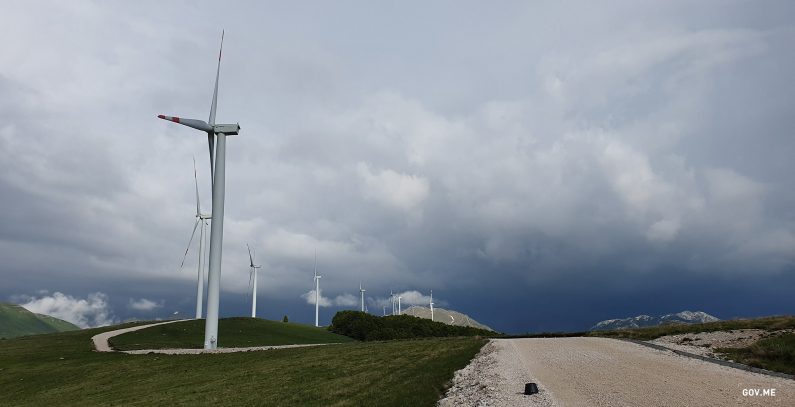
Does that mean that Montenegro will not build the second unit at TPP Pljevlja?
When it was determined that the construction of the second unit at TPP Pljevlja was not possible in line with the contracted deadlines and terms, the situation changed dramatically. The construction of a new unit made sense if no investment was to be made in the existing unit’s reconstruction. The question is whether there will be enough coal for both units, so it is not economically viable to build a new one. I think that the TPP should have another unit, though the question is what the new unit’s capacity should be and which technology it should use.
Promotion of Montenegro as an investment destination offering certainty and security of investing in renewables was helped by NATO membership and the Italy-Montenegro submarine cable
For example, biomass cogeneration is increasingly used in the EU. Then there is the social impact of shutting down coal power plants and mines, and the use of biomass can help as it requires a larger workforce for forestation, logging, and transportation. Biomass is a good alternative to lignite, and it would be a good start for the new unit to use more coal and less biomass only to gradually increase the share of biomass, as we cannot discuss gas-fired power plants, and especially not nuclear power plants, as options for new power generation capacities.
Can you present the new model of renewables project development to our readers?
It all started in 2006, when the Energy Community was formed and we received a set of EU directives we needed to transpose, including the Renewable Energy Directive that called for achieving a certain share of renewables in final consumption. A target was set for each country, and the target for Montenegro was set at 33%. As most EU countries, we introduced feed-in tariffs at the time. And this led to a regional competition on who will approve the highest feed-in tariffs.
However, the feed-in tariff over time increasingly affected electricity prices paid by citizens. In the meantime, the EU reformed the model and switched to a more market-based system involving auctions and premiums and then eventually to a completely market-based model. We decided to skip the auction stage and, as part of efforts to mitigate the impact of renewables development on citizens, abolish a portion of the renewable energy surcharge on electricity bills for citizens. Instead, the state will pay that portion of the fee from coal excise tax. In this way, we are also strengthening the “polluter pays” principle.
Balancing responsibility is unfortunately often used in the region to discourage renewables projects, but essentially does not represent an obstacle
At the same time, we started promoting Montenegro as an investment destination offering certainty and security of investing in renewables, which was helped by the country becoming a member of NATO, as well as the Italy-Montenegro submarine cable. This attracted Western investors who are ready to invest in renewable energy sources without subsidies. As a result, a contract was signed on the construction of the Briska Gora solar power plant in late December, while we received two initiatives – from Montenegro’s EPCG, for the second phase of the Krnovo wind farm, and from Germany’s WPD, for the construction of a wind farm at the Brajići locality – and both projects will be market-based.
What does the new model entail exactly?
Investors pay a land lease fee and get guaranteed offtake at prices determined on the Hungarian Power Exchange (HUPX). When they produce electricity, we will offtake it and sell it on the exchange and pay them the proceeds. Investors also assume the balancing responsibility, which is unfortunately often used in the region to discourage renewables projects, but essentially does not represent an obstacle. Over the 10-day fossil fuel free period we discussed, the Krnovo wind farm contributed 28% of Montenegro’s electricity generation and the system was stable. According to our experience in the past two years or so, the forecasting error on the day-ahead level is no greater than 5%. It is therefore clear that balancing should not be seen as an obstacle, but rather as a challenge that can be overcome with a responsible approach.
Software today provides the wind power generation probability with a margin of error of a few percents for the coming several hours, allowing for balancing production on the intraday market. The probability for solar power production is even higher.
The decision to switch to market-based models of renewables development is something that comes with a fairly high political price
I believe that the use of renewables is a matter of a cultural shift. I know that many of my colleagues perceive it as an obligation and burden, but I see it as a chance. European countries achieved a high level of development using coal, and then used the excess money to transform the energy sector. We don’t have time for that, and we have to use these new technologies, the new people with new knowledge, to turn this into our chance.
It is important to note that with this kind of state policy, you need to also have like-minded people in the system – in the transmission system, in the power generation sector, in management. We are battling lobby groups on both sides in Montenegro concerning everything brought about by energy transition, for example balancing.
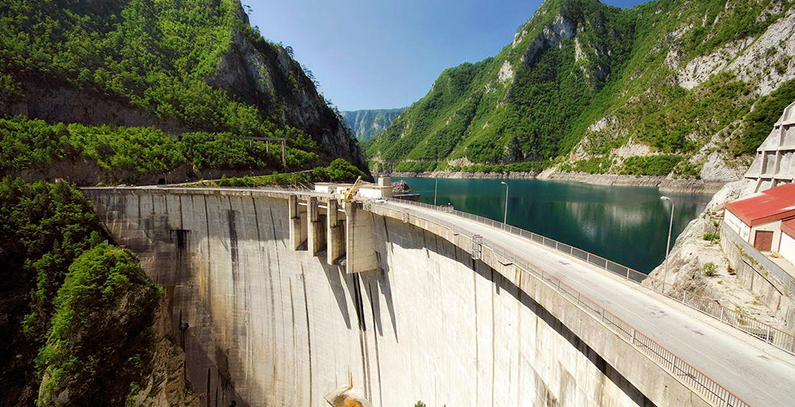
Energy transition is linked with differing economic and political interests?
The decision to switch to market-based models of renewables development is something that comes with a fairly high political price. The problem, for example, is that we are being compared with other countries in the region, whereas those systems are based on diverse principles.
We do not wish to stifle our power utility, we want it to be profitable and drive economic development
In Montenegro, retail prices for households are also determined in a way that is closest to the market model, when compared to other countries in the region. And this is due to the fact that we do not wish to stifle our power utility, we want it to be profitable and drive economic development. EPCG has a EUR 45 million profit last year, over 95% of which was the result of electricity trading. We do not wish to limit EPCG’s commercial operations as we expect it to invest in the solar power plant together with Fortum, carry out the ecological overhaul of TPP Pljevlja and build HPP Komarnica relying on own sources.
The essential problem in the region is under-investment in power utilities and resources we inherited. We do not want that, we want a self-sustaining company that operates on market principles, not as a tool to achieve social peace.
For some time now, there has been no information on EPCG’s privatization. Has Montenegro given up on it? Which companies are interested in EPCG’s privatization?
The idea was to take over A2A’s shares, and we will do that by the end of the year. Then we have to decide what is best for us. I think EPCG should be reorganized, for example, production and distribution activities should be separated. I’m sure the company doesn’t need privatization, but it needs a partner who will support investments. Will it be a model seen with Fortum for the Briska Gora solar power plant, or a strategic partnership or recapitalization? By the end of this government’s term of office, there will be no classic EPCG privatization. The state doesn’t need money, and EPCG has demonstrated that it can function without problems. And now we have the interest of different kind of companies, from the EU and the US. There is no interest from the region.
Next priorities are prosumers, increasing the use of renewables in transport and developing the biomass market
The basics of our energy system, at the macro level, are set, the market will do the rest. Now we intend to turn our attention to some other things.
What are the ministry’s next steps?
Creating conditions for citizens to become prosumers, increasing the use of renewables in transport and developing the biomass market. We want to use the prosumer model to promote renewables as something that not only secures profit, but a stable energy supply as well. In transport, we intend to focus on the installation of charging stations for electric vehicles, a greater use of biofuels, and the electrification of public transport.
In the biomass sector, the ministry has been approving interest-free loans for the installation of heating systems, but now we have to turn to industrial biomass, forest management, and to create conditions for more biomass to be used in larger power plants.
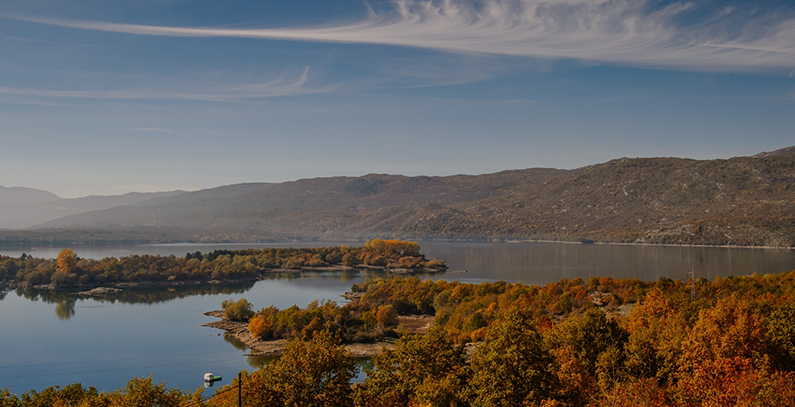
As in other countries of the region, there are many complaints about the construction of small hydropower plants (SHPPs) in Montenegro?
SHPPs are small, but are drawing major complaints. We are hostage to a strong wave of opposition to these power plants. I have been in this ministry for 15 years, during which time I have gone through all the decision-making levels, and I remember when we were receiving a number of initiatives from all interested parties to allow the construction of SHPPs, and now they are not so popular.
Many mistakes were made by investors and local municipalities regarding SHPPS, but we have the opportunity to correct those mistakes
I am not against SHPPs, the Government of Montenegro terminated the issuance of new licenses two years ago. I think the planning and construction of SHPPs has to be conducted in a very smart way in order to achieve a full consensus of all stakeholders. Montenegro has 13 SHPPs, and at the same time, we have protests on a couple of locations. We must not disregard these existing SHPPs and the numerous benefits they have brought to the areas in which they are located, with a minimal environmental impact.
The idea is to develop SHPPs in remote parts of Montenegro, in rural areas, in order to enable the construction of roads and power networks, which would benefit everyone. Somewhere along the way from the idea to realization, the plan was compromised. Therefore, the ministry has decided to carry out the revision of around 40 issued permits. It is important to say that the construction of 13 SHPPs has attracted EUR 40 million in investments, and another EUR 1.5 million worth of social responsibility investments, in roads, health centers, schools…
HPP Komarnica and HPPs on the Morača river are different projects
Many mistakes were made by investors and local municipalities. Public debates, for example, should have been much better. But we have the opportunity to correct those mistakes.
There are also more and more objections regarding the construction of large HPPs, and Montenegro intends to build them as well.
We have to be very smart. I often say in jest that HPPs Piva and Perućica would have never been built if the civil society organizations had been in business back then, and these HPPs are the cornerstone of our system. It is clear that today you cannot build a large HPP by just constructing a dam and sinking the surrounding villages, with no regard to people and the environment. Significant projects require significant evaluation, so if a project is good, it will be profitable and attract an investor. The interest of investors tells you if your project is good.
For example, for the construction of HPP Komarnica, we have a broad consensus and interest of all parties for the construction, but the project of HPPs on the Morača river is not that simple, so the question is whether this project will be cost-effective if all the standards are met, but we still want to see how much its construction would cost.















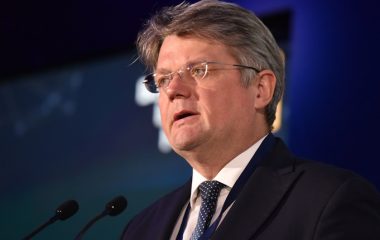
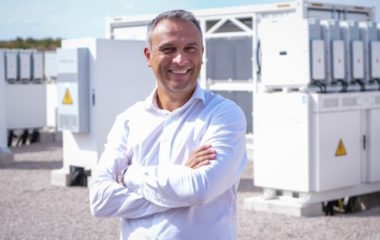

Be the first one to comment on this article.